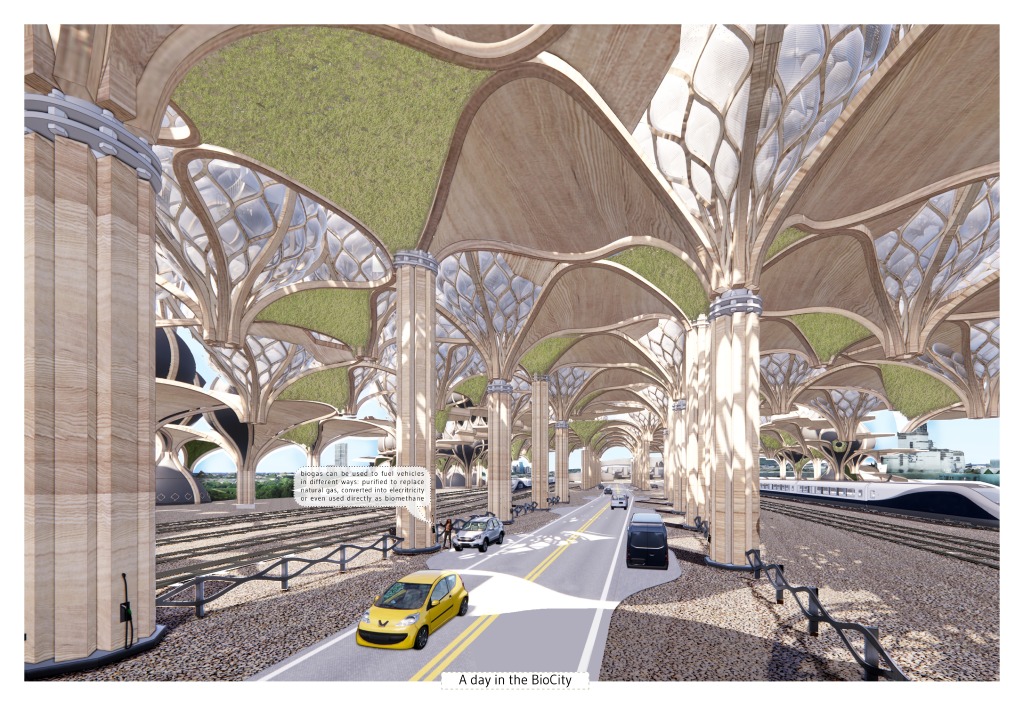In Brief01 proposal a series of WeBreathe working pods acted as a scalable product under WeWork either on a subscription basis or one-off time. In Brief02 I looked at the new subscription economy and how it can help some of the issues we face in London, other than air pollution, such as the housing crisis, changing labour markets and the need to create a professional network/ecosystem for young professionals.
Subscription and pay-as-you-go businesses are undermining an idea that has been entrenched in our collective psyche since the foundation of capitalism: that you have to own something to use it and enjoy it. As noted in a report by The Economist, “80% of customers are demanding new consumption models including subscribing, sharing and leasing – anything except buying a product outright.”
The Subscription Model
Relevant examples leading to the subscription model include ROAM which is a worldwide community of co-living and co-working and PodShare with multiple locations in Los Angeles.
The motivations of building a subscription community are:
- Build a community situated amongst contemporary models of subscription living
- Fostering knowledge and skill exchange between different age and social groups to encourage mutually beneficial relationships within an urban setting













































































































































